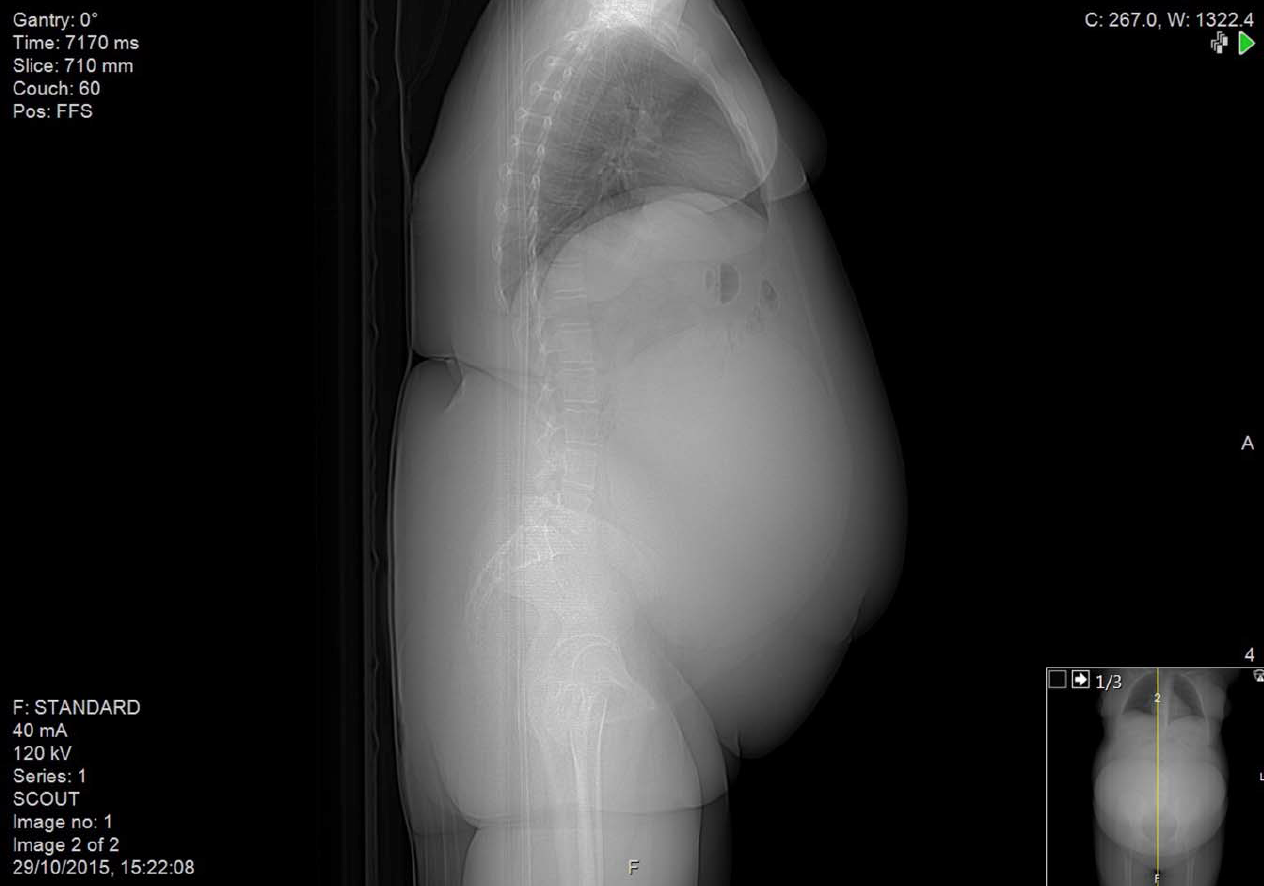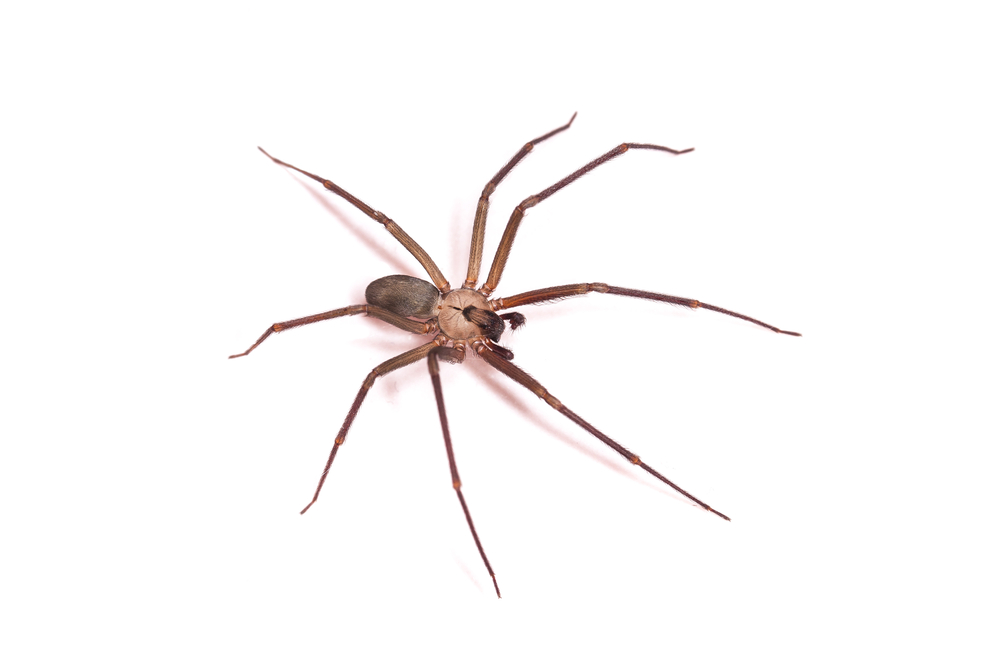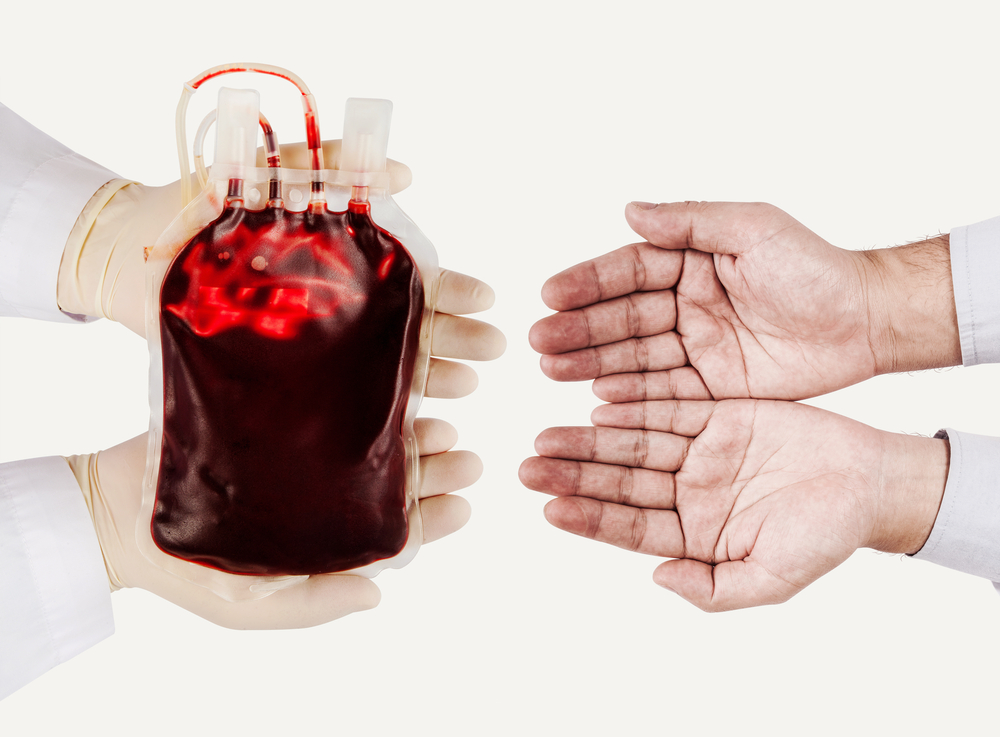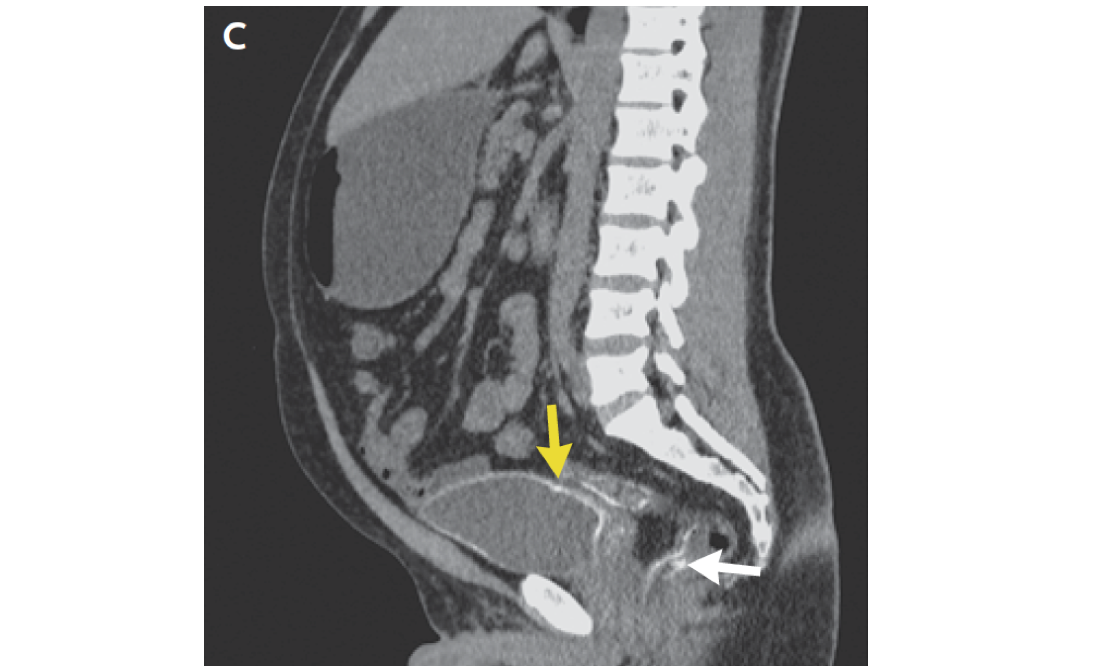The 16 strangest medical cases of 2016
A mysterious cause of the hiccups

What do you do when your hiccups won't go away? One 35-year-old man went to the hospital three times, looking for a solution, according to a case report published in January in the journal BMJ Case Reports.
The first two times he went to the hospital, he was given medication to relieve his intractable hiccups, which are hiccups lasting longer than two days. However, his hiccups kept returning.
It wasn't until the third visit that the doctors discovered that the man had a tumor in the back of his neck that was pressing up against his phrenic nerve. The phrenic nerve sends signals from the brain to the diaphragm, which is the muscle just below the lungs that controls breathing. Because the tumor was compressing the nerve, it sent disturbed signals to the diaphragm, causing it to contract involuntarily, leading to the hiccups.
A basketball-size cyst, hidden from view

A young woman in England with abdominal pain and a feeling of fullness was repeatedly told by her family doctor that her symptoms were due to her obesity.
But when the woman complained of pain on her left side, the doctors gave her an ultrasound exam, because they suspected that the pain might have been caused by a kidney stone.
It was only then that the doctors discovered a basketball-size cyst on the woman's ovary, according to the report, published in January in the journal BMJ Case Reports.
The simple ultrasound test was all that was needed to detect the cyst. However, her family doctor had not investigated further and had attributed her pain to her weight, the report said.
Get the world’s most fascinating discoveries delivered straight to your inbox.
Europe reports first death from recluse-spider bite

A woman in Italy died shortly after being bitten by a Mediterranean recluse spider, a relative of the notorious brown recluse spider found in the United States.
The death was the first reported due to a bite from this type of spider, according to the report, published in August in the journal Case Reports in Emergency Medicine.
The spider's venom is toxic to human red blood cells, which are responsible for carrying oxygen in the blood. Without enough red blood cells, the organs in the body don't get enough oxygen.
Anti-venom for recluse-spider bites isn't available in Italy (or the United States), so the only way doctors could try to save the woman was through supportive care. In other words, the doctors tried to treat her symptoms and keep her alive until the body rid itself of the venom. However, the woman died about 12 hours after being admitted to the hospital, according to the report.
Man benefits from donating blood

Giving blood is a good way to help others, but for one 83-year-old man, giving blood also provided personal benefits.
The man had given blood regularly for about 20 years, according to the report, published in August in the journal BMJ Case Reports. However, it wasn't until much later in life that he learned that this act of kindness helped keep his symptoms of a hereditary disease at bay.
The man had a condition called hereditary haemochromatosis, which causes the body to absorb too much iron from food. Too much iron in the body can have wide-ranging effects, including liver damage.
The only way to treat the disease is to remove the iron from the body, which is done by drawing blood — in other words, what the man had been doing for years.
Gluten delusions

A 37-year-old woman's severe delusions turned out to have a common cause: gluten.
The woman, who had been studying to get her Ph.D. before her delusions began, was found to have celiac disease, and the delusions appeared to stem from the condition, according to a report of her case, published in May in The New England Journal of Medicine.
However, doctors had a difficult time getting the woman to follow a gluten-free diet, as her delusions led her to believe her doctors were being deceitful with their diagnosis.
The woman eventually stopped eating gluten, and her symptoms went away. However, when she inadvertently consumed the ingredient, the symptoms returned.
Man's bladder is encased in calcium

A parasitic infection caused a Qatari man's bladder to become encased in calcium, according to a report of his case, published in February in The New England Journal of Medicine.
The man, who had been experiencing pain when he urinated and had seen blood in his urine, was infected with the Schistosoma parasite, which is common in many parts of the world.
The parasitic worms were living near the man's bladder and ureters, which are the tubes that connect the kidneys to the bladder. The eggs of the parasite had entered the man's bladder and had become deposited on the bladder wall. In response, the body caused that part of the bladder wall to become calcified.
Indeed, when the doctors did a scan of the man's pelvis, they observed a thin rim of calcification resembling an egg shell forming a border around his bladder. It can take years for the calcification to go away after the infection has been treated.
Originally published on Live Science.




